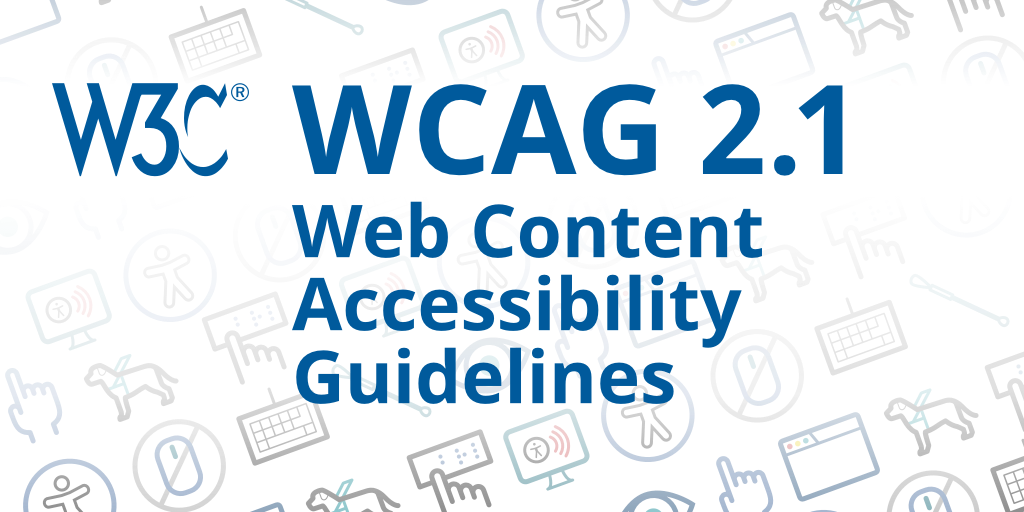What does WCAG mean to you?
For students with visual impairment, it can mean everything.

About a month ago, as I was preparing for my day, I glanced at an article on web accessibility by Keven Rydberg for the Minneapolis Star Tribune. Rydberg made the point that nearly 60 million Americans live with a disability. Rydberg writes that is makes good business sense to ensure websites are accessible to the 10 million online shoppers with a visual impairment. Schools should also be aware that web content accessibility guidelines (WCAG 2.1) apply to educational organizations. The What’s New in WCAG 2.1 provides a summary of changes; however, it also provides fictional quotes explaining why the standards help people with specific disabilities overcome challenges.
W3C, the World Wide Web Consortium, which develops the standards for web protocols, the WCAG 2.1 provides access to 116 accessibility evaluation tools. If you don’t want to sift through all 116 tools, I would suggest a quick visit to WEBAccessibility for a brief test of your organization’s websites. A more detailed free review is available through Cryptozone’s Cynthia Says Portal.
Directions for checking accessibility within learning management systems (LMS) are common. Directions for using the accessibility checkers are linked here for Canvas. When considering purchasing new technology products ensure that the Voluntary Product Accessibility Template (VPAT) information is considered regarding accessibility if the company provides VPAT information. Most vendors who market to the federal government are required to generate a VPAT document. D2L’s VPAT is an example. D2L also provides a checklist for the WCAG guidelines on its site. Google Classroom’s VPAT.]
Take the steps necessary to ensure that the technology your students and staff have access to are equally accessible for all.
Tools and ideas to transform education. Sign up below.
